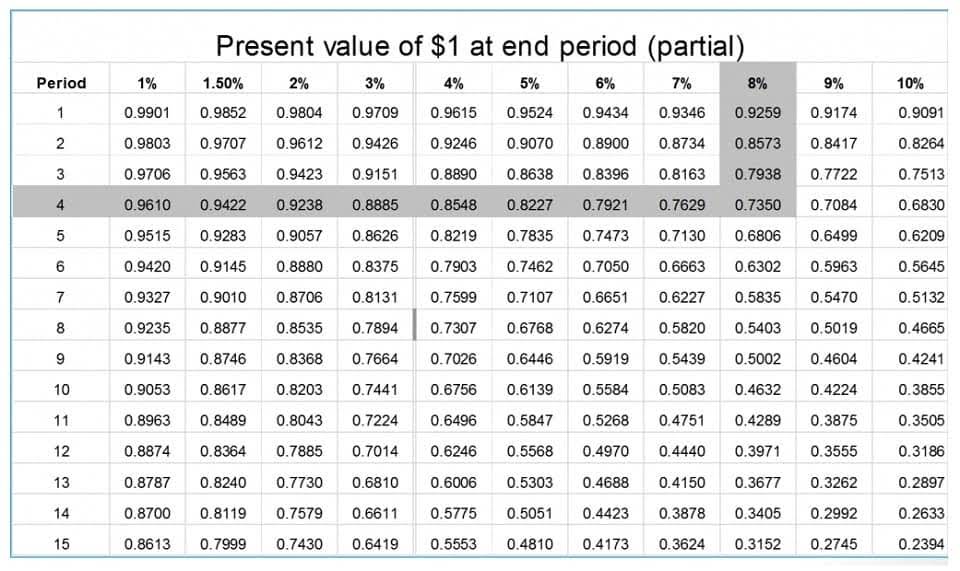
So far we have reviewed day-to-day journal entries and adjusting journal entries. Transferring it to a balance sheet gives more meaningful output what kind of account is income summary to stakeholders, investors, and management. Therefore, learning about income summaries and other accounting tools in business is imperative.
Permanent Versus Temporary Accounts
The main change from an adjusted trial balance is revenues, expenses, and dividends are all zero and their balances have been rolled into retained earnings. We do not need to show accounts with zero balances on the trial balances. On the other hand, if the company makes a net loss, it can make the income summary journal entry by debiting retained earnings account and crediting the income summary account instead. The net amount transferred into the income summary account equals the net profit or net loss that the business incurred during the period. Thus, shifting revenue out of the income statement means debiting the revenue account for the total amount of revenue recorded in the period, and crediting the income summary account.

The potential impact of tax authorities’ digitalization on taxpayers
In the multi-period case, something might also happen to the economy beyond the control of the individual to reduce (or increase) the flow of income. Changing measured income and its relation to consumption over time might be modeled accordingly, such as in the permanent income hypothesis. It omits the utility a person may derive from non-monetary income and, on a macroeconomic level, fails to accurately chart social welfare.
Income summary debit or credit
At the end of each accounting period, businesses prepare an income summary and an income statement. The income summary account is then canceled out and its balance is transferred to the retained earnings (for corporations) or capital accounts (for partnerships). The income summary account has a zero balance for the rest of the year.
What are income statement accounts?
- In this article, we’ll go through the income summary account in-depth and show you how to close it.
- An income summary is an account that is temporary and nets all the temporary accounts for a business upon closing them at the end of the given accounting period.
- This is the second stage in using the income summary account; the account should now have a zero balance.
- When doing closing entries, try to remember why you are doing them and connect them to the financial statements.
- The revenue accounts will be debited, and the income summary account will be credited.
Financial institutions or lenders demand the income statement of a company before they release any loan or credit to the business. This is the profit before any non-operating income and non-operating expenses are taken into account. The Internal Revenue Service (IRS) permits businesses to deduct operating expenses if the business operates to gain profits. Advisory services provided by Carbon Collective Investment LLC (“Carbon Collective”), an SEC-registered investment adviser.

FAIR VALUE ACCOUNTING: Definition, Example and Advantages
Additionally, if you want to create an adjustment, you can do a journal entry. But know that it’s not necessary since QBO does it automatically and accurately. Typically, investors prefer looking at a company’s operating profit figure rather than a company’s bottom line as it gives them a better idea of how much money the company is making from its core operations.
EBIT is helpful when analyzing the performance of the operations of a company without the costs of the tax expenses and capital structure impacting profit. The multi-step income statement reflects comprehensively the three levels of profitability – gross profit, operating profit, and net profit. An income statement shows how effective the strategies set by the management at the beginning of an accounting period are. In essence, we are updating the capital balance and resetting all temporary account balances. To close expenses, we simply credit the expense accounts and debit Income Summary.
Unit 4: Completion of the Accounting Cycle

The following points are important to highlight related to the above income summary account for Bob and his company, Bob’s Donut Shoppe, Inc. For partnerships, each partners’ capital account will be credited based on the agreement of the partnership (for example, 50% to Partner A, 30% to B, and 20% to C). For corporations, Income Summary is closed entirely to “Retained Earnings”. The Income Summary balance is ultimately closed to the capital account.
Recapping Income Summary Meaning in Accounting
When dividends are declared by corporations, they are usually recorded by debiting Dividends Payable and crediting Retained Earnings. Note that by doing this, it is already deducted from Retained Earnings (a capital account), hence will not require a closing entry. As you will see later, Income Summary is eventually closed to capital. Temporary accounts include all revenue and expense accounts, and also withdrawal accounts of owner/s in the case of sole proprietorships and partnerships (dividends for corporations). The income summary account is at a credit position of $27,000 so that means to close the account, we need to debit the income summary account of that amount with the balancing side going to retained earnings.
Do you own a business?
The other side of the entry (credit) goes to the income summary account. The general rule is that balance sheet accounts are permanent accounts and income statement accounts are temporary accounts. In practice, temporary accounts require a little more attention than permanent accounts. After the income statement is created, the final income summary balance is transferred to retained profits or capital accounts.